San Miguel De Allende
CONTACT
submit a CALENDAR REQUEST
connect with us
Heading
home
Sayulita
ABOUT
Ancient and Traditional Wellness Practices in Mexican Culture: A Journey Back to the Source
October 8, 2025
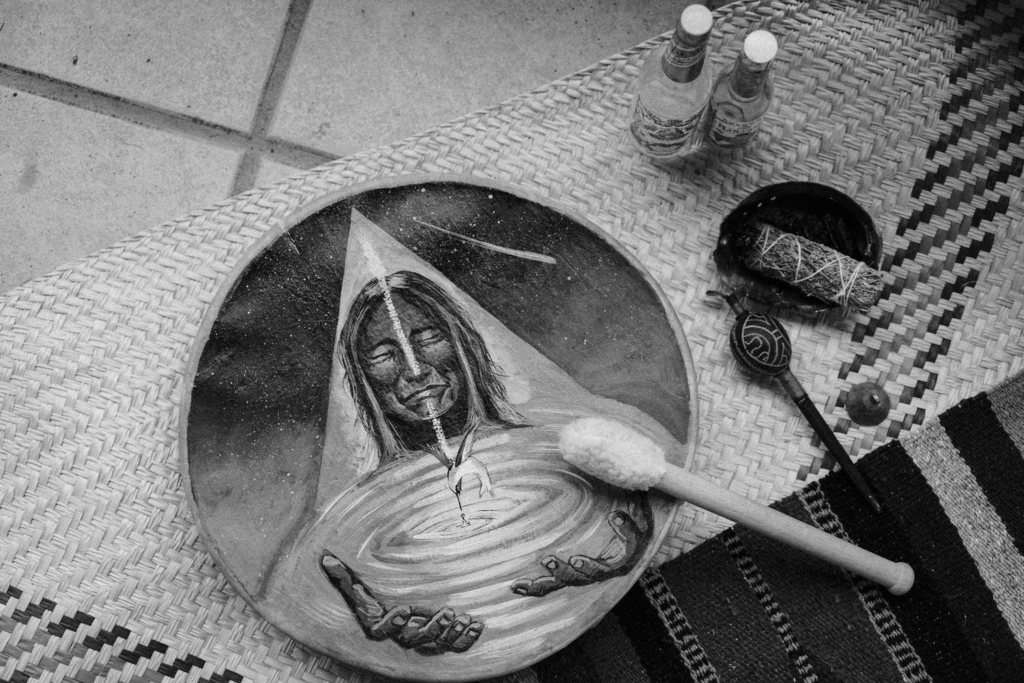
In Mexico, wellness isn’t a modern trend — it’s an inheritance. Long before the rise of spas and studios, ancient civilizations such as the Maya, Aztec, Toltec, and Zapotec cultivated deep, sacred relationships with nature, spirit, and the body. Their practices weren’t simply about healing illness; they were about restoring harmony — within the self, with the community, and with the Earth itself.
Today, as modern life accelerates and the search for meaning deepens, traditional and ancient wellness practices in Mexico are experiencing a profound resurgence. From cacao ceremonies and temazcals to shamanic healing and sound therapy, these timeless practices offer us pathways back to balance, presence, and inner truth.
Let’s explore some of the most cherished ancestral traditions that continue to inspire wellness seekers across Mexico.
Cacao Ceremonies: The Food of the Gods
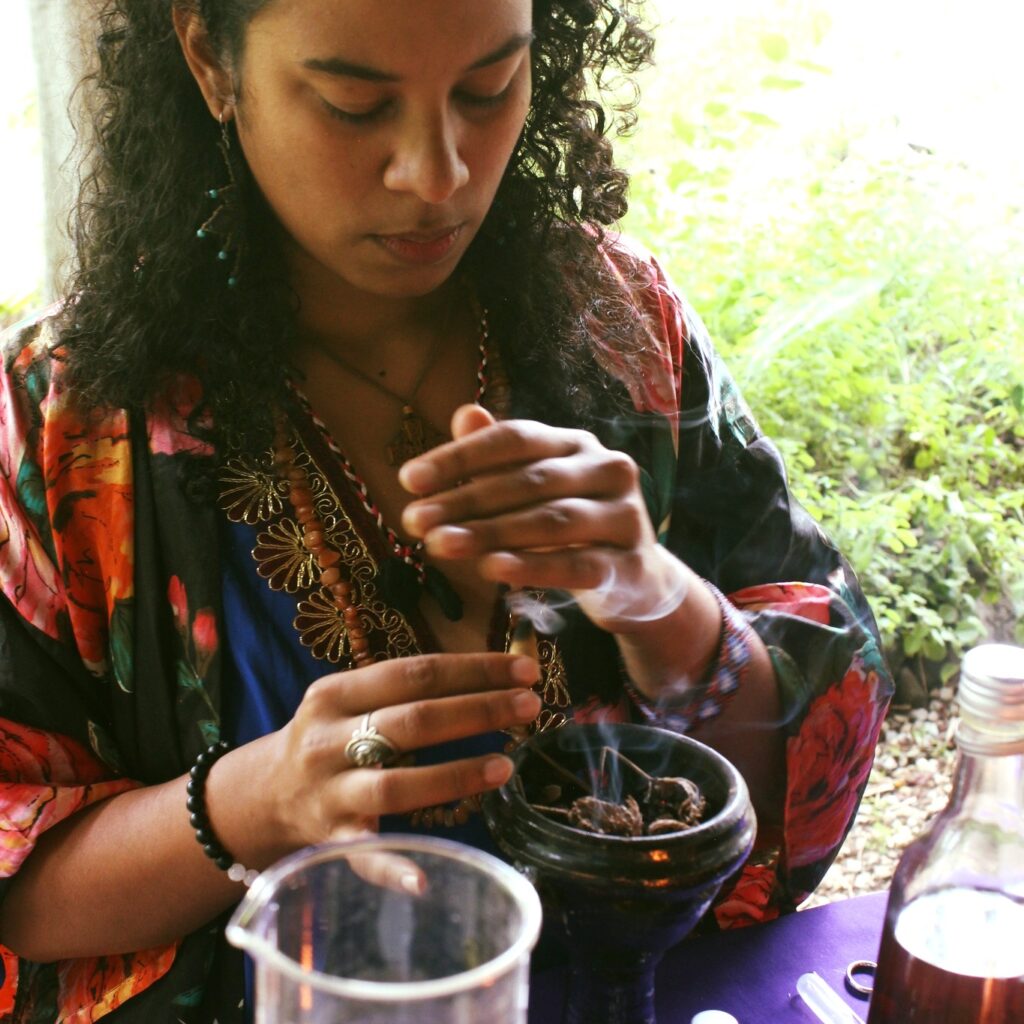
Cacao has been revered in Mesoamerican cultures for over 3,000 years. Known as “xocolatl” to the Aztecs, it was both medicine and sacred offering — used to open the heart, connect with spirit, and enhance energy and focus. Cacao ceremonies invite participants to drink a warm elixir made from pure, ceremonial-grade cacao while setting intentions, meditating, or engaging in song and movement.
During the ceremony, cacao acts as a gentle heart opener — not a hallucinogen, but a connector. It stimulates the production of serotonin and oxytocin, the “feel-good” hormones that help us experience love, compassion, and joy. Modern practitioners blend this ancient ritual with mindfulness, breathwork, and music, creating a beautiful bridge between ancient spirituality and contemporary wellness.
Experience it: One of the ancient wellness practices in Mexico, you’ll find cacao ceremonies in beach towns like Sayulita and Tulum, in the mountains of San Miguel de Allende, and even within urban sanctuaries in Mexico City.
Temazcal: The Sacred Sweat Lodge
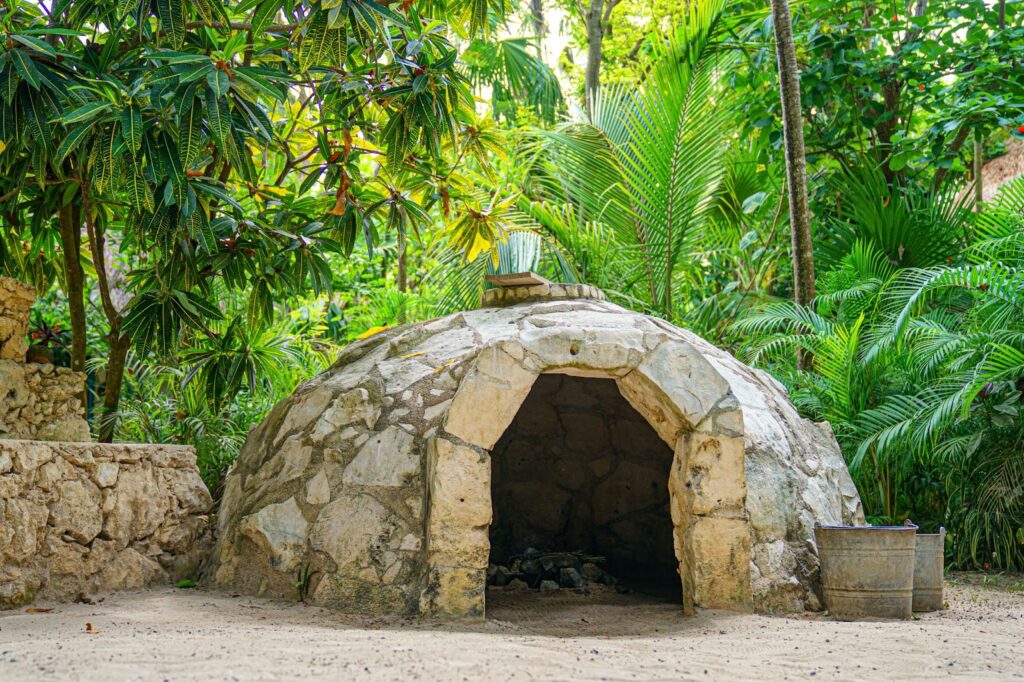
The temazcal (from the Nahuatl word temāzcalli, meaning “house of heat”) is one of Mexico’s oldest and most powerful purification rituals. Used by pre-Hispanic peoples for physical, emotional, and spiritual cleansing, it takes place inside a dome-shaped stone or clay structure that represents the womb of Mother Earth.
Inside, volcanic stones are heated in a central pit and infused with medicinal herbs and water, releasing steam. Under the guidance of a temazcalero (ceremonial leader), participants move through stages of prayer, chanting, and introspection. The intense heat induces sweating, helping the body detoxify while the spirit releases stagnant emotions and mental burdens.
A temazcal ceremony is often described as a rebirth — emerging from the darkness and heat into cool air and light, renewed and restored.
Experience it: Traditional temazcals are offered throughout Mexico — from indigenous communities in Oaxaca and Chiapas to wellness centers in Tulum, San Pancho, and Valle de Bravo.
Shamanic Healing: Restoring the Soul’s Balance
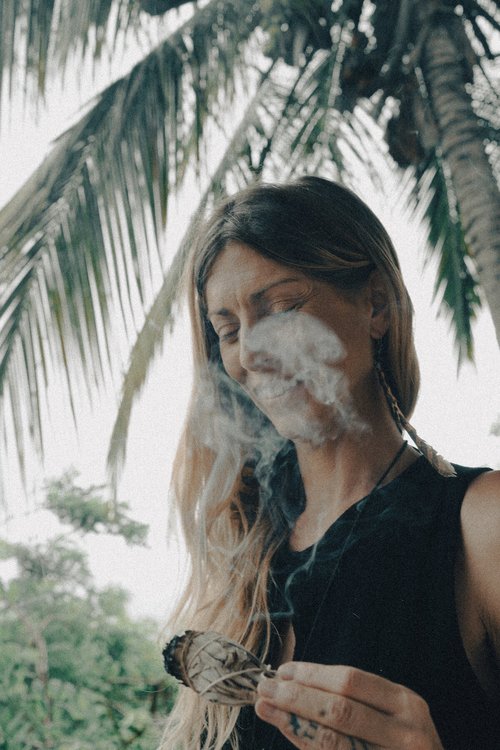
In indigenous Mexican traditions, illness is not only physical — it can stem from emotional or spiritual imbalance. Shamans, or curanderos and curanderas, serve as intermediaries between the physical and spiritual realms, using rituals, prayer, herbal medicine, and energetic cleansing to restore harmony.
One of the most recognized practices is the limpia, a spiritual cleansing involving herbs, flowers, candles, and sometimes raw eggs — believed to absorb negative or heavy energy. The healer might chant or use sacred tools like feathers, copal smoke, or rattles to remove energetic blockages.
Shamanic healing connects individuals to ancestral wisdom and helps them realign with their life path. It’s not only about removing what’s wrong, but about remembering what’s sacred.
Experience it: Seek authentic shamans through trusted communities or wellness centers that collaborate respectfully with indigenous healers — particularly in Oaxaca, Chiapas, and Quintana Roo.
Ayahuasca and Plant Medicine: Opening the Inner Vision
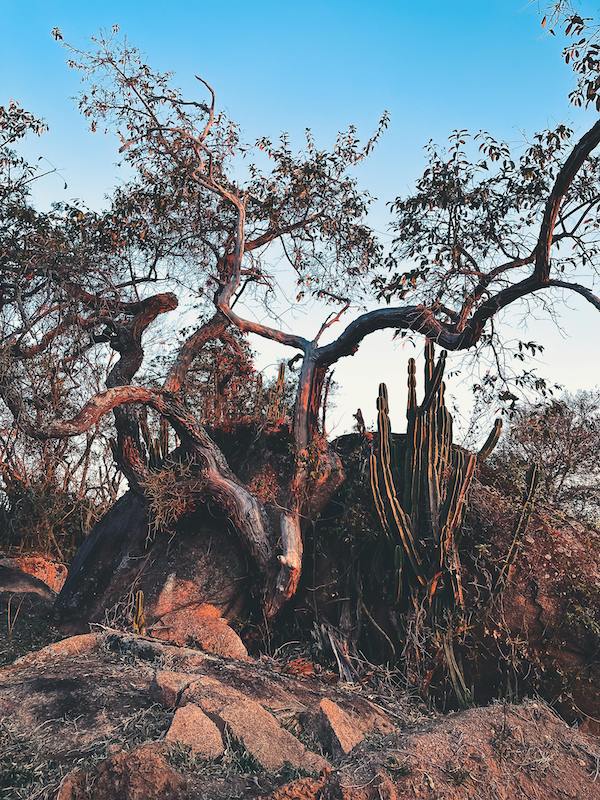
Though ayahuasca originates from the Amazon basin (primarily in Peru and Brazil), its ceremonial use has become increasingly present in Mexico. Many retreats honor the traditional teachings while adapting them to local contexts and contemporary seekers.
Ayahuasca is a brew made from two Amazonian plants — one containing DMT, the other acting as a natural inhibitor that allows the psychoactive compound to be absorbed. Under the guidance of experienced shamans, participants drink the tea to enter a deep, introspective journey. The effects can bring up powerful emotional releases, visions, and insights that help individuals heal trauma, break patterns, and reconnect with their higher consciousness.
It is crucial, however, that ayahuasca ceremonies are held responsibly — with respect, intention, and trained facilitators — as these are not recreational experiences, but sacred medicines.
Experience it: Reputable retreats can be found in Baja California, Tulum, and near Valle de Bravo, often combining the medicine with integration therapy and holistic support.
Reiki Healing: Channeling Universal Energy
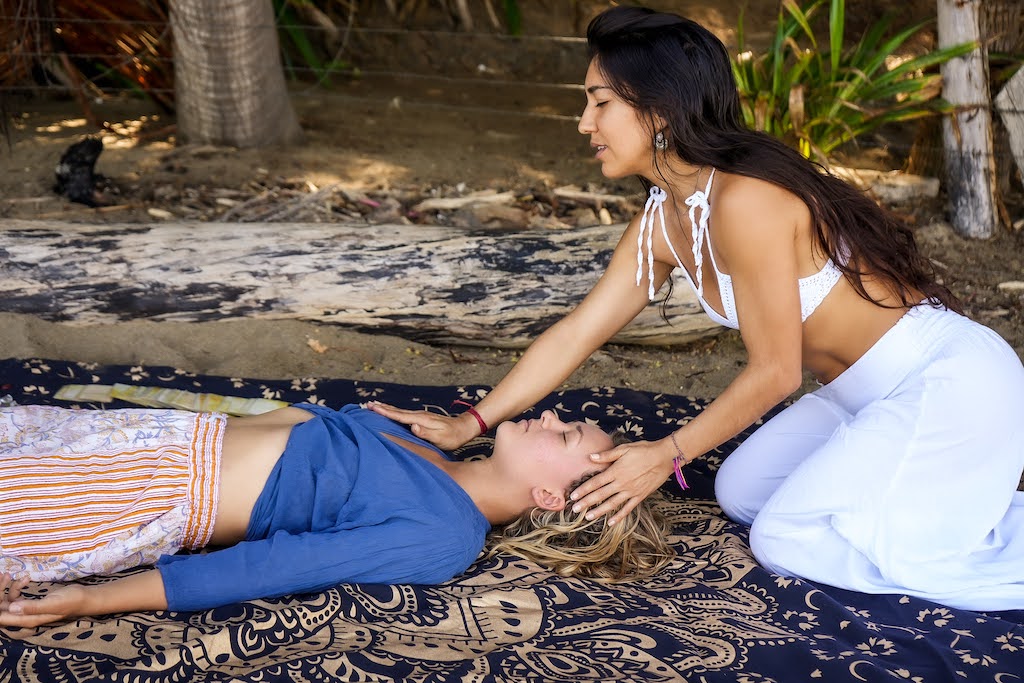
While Reiki originated in Japan, it has found a natural home in Mexico’s holistic wellness landscape. The concept — that universal life energy flows through all living things — aligns closely with indigenous beliefs about tonalli (life force) and teotl (divine energy).
During a Reiki session, practitioners channel this healing energy through their hands, promoting relaxation, emotional balance, and physical well-being. In Mexico, many Reiki healers blend traditional techniques with local elements like copal, quartz crystals, or sound to deepen the energetic alignment.
Reiki reminds us that healing doesn’t always require doing — sometimes it’s about allowing.
Experience it: Reiki sessions are widely available through individual practitioners and wellness spaces in San Miguel de Allende, Puerto Escondido, and Tulum.
Sound Healing: Vibrations That Awaken the Spirit
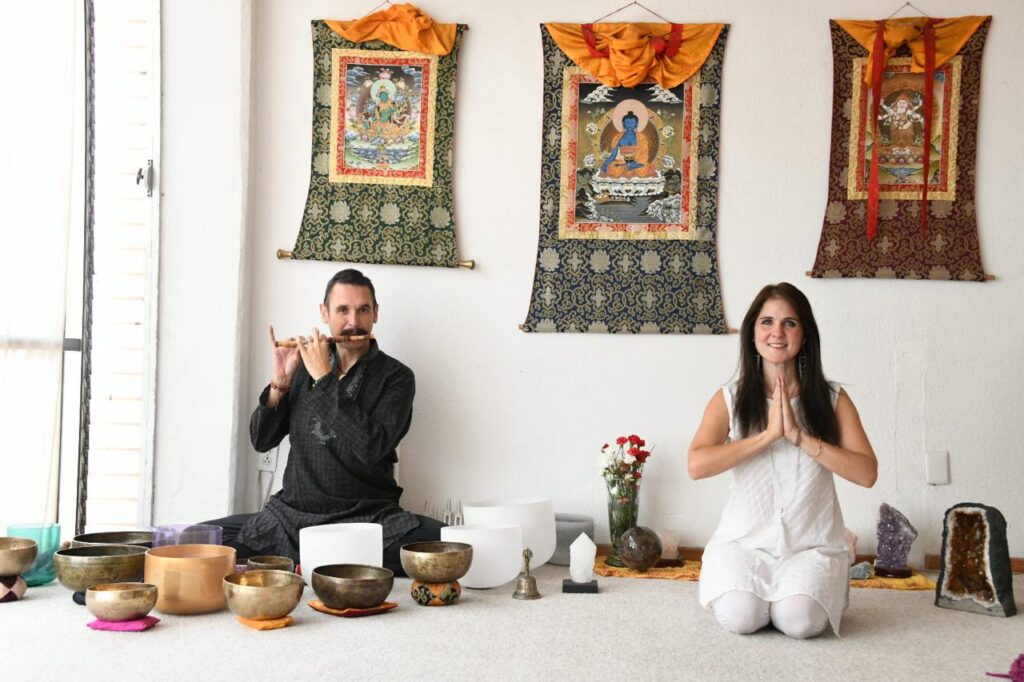
Sound has been a sacred tool in Mexican and Mesoamerican cultures for millennia. Ancient instruments like drums, flutes, conch shells, and clay whistles were used in ceremonies to communicate with the divine and balance the body’s vibration.
Modern sound healing carries this same essence forward. Sessions may include crystal singing bowls, gongs, tuning forks, or indigenous instruments that harmonize brainwaves and calm the nervous system. The resonance helps release emotional blockages, restore inner peace, and induce deep meditative states.
Sound, as ancient peoples knew, is medicine — vibration reshapes energy.
Experience it: Look for sound baths and vibrational therapy sessions throughout Mexico’s wellness hubs, often paired with cacao, meditation, or yoga.
Breathwork: The Ancient Art of Presence
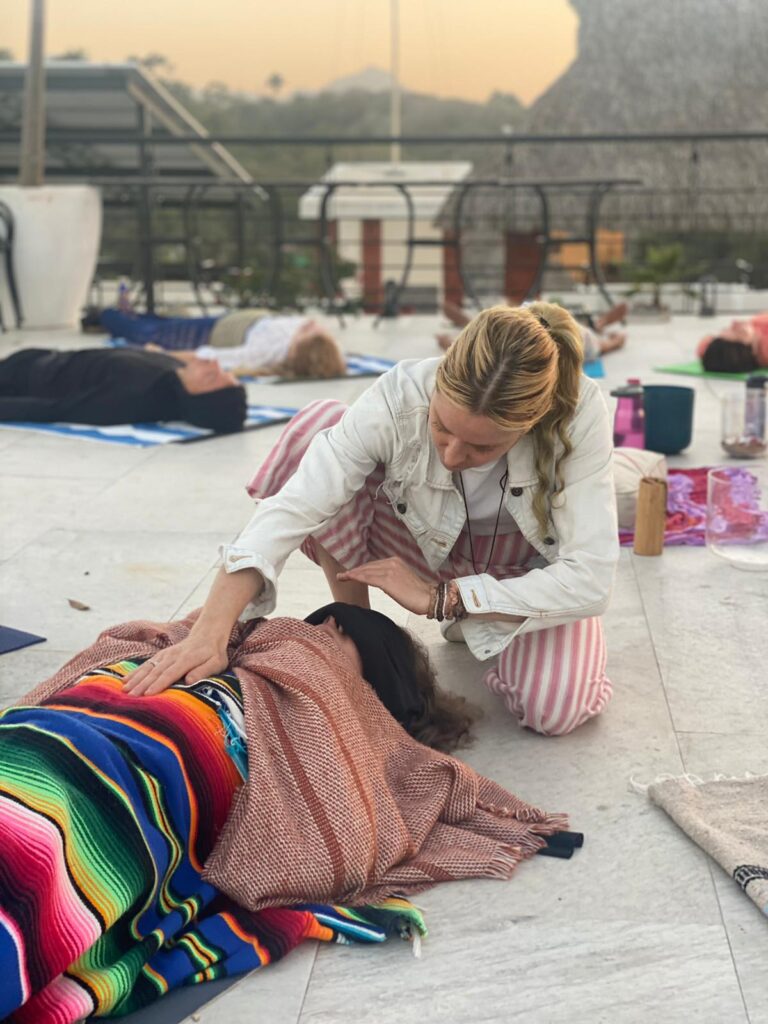
Though breathwork has roots across many traditions, indigenous peoples of Mexico have long recognized the power of the breath (ixcāyo in Nahuatl) as a bridge between body and spirit. Breathwork sessions use guided breathing patterns to release emotional tension, oxygenate the body, and enter expanded states of awareness.
In many retreats, breathwork is offered as a gentle yet profound complement to other modalities like sound healing or cacao — a way to open the heart and quiet the mind without any external substances.
Experience it: Facilitators across Mexico integrate ancient breathing wisdom with modern methods like Holotropic and Transformational Breath, helping participants reconnect with life force energy.
Honoring the Past, Healing the Present
These ancestral practices remind us that wellness is not just physical fitness or mental calm — it is connection. To the Earth, to community, and to the sacred within. Whether through the heat of a temazcal, the rhythm of a drum, or the warmth of cacao shared in circle, these ancient wellness practices in Mexico continue to offer what the modern world has forgotten: that true health begins with remembering who we are.
At EnForma Wellness, we celebrate and support the practitioners and spaces keeping these traditions alive — blending authenticity with accessibility so more people can experience their transformative power.